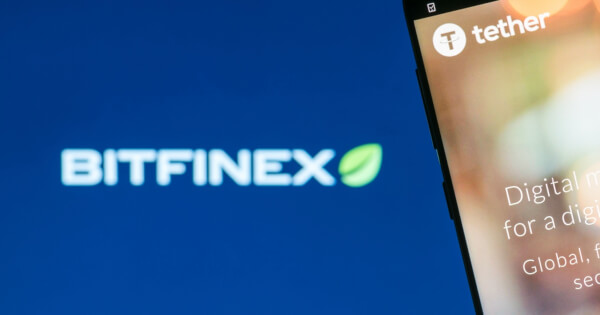Exploring Prediction Markets: From Cypherpunk Roots to Blockchain Innovation
Timothy Morano Sep 19, 2025 15:16
Discover the evolution of prediction markets from informal bets to decentralized platforms powered by blockchain and cryptocurrencies, attracting interest from cypherpunks and financial institutions alike.

Prediction markets, recognized for their ability to consolidate information into accurate forecasts, have transitioned from informal betting activities and academic experiments to sophisticated decentralized platforms. This evolution has particularly captivated the cypherpunk movement, which views these markets as instruments for truth-seeking and counteracting centralized control. According to blog.bitfinex.com, the interest from cypherpunks in the 1990s marked a significant turning point for prediction markets, positioning them as potential tools for governance and information transparency.
The Cypherpunk Connection
Historically, prediction markets have existed in various forms, with early iterations involving informal betting on political events. These markets allow participants to trade contracts based on future outcomes, such as elections or economic indicators, with contract prices reflecting the collective probability assigned by traders. In the late 20th century, academic interest surged as researchers discovered the markets' ability to yield surprisingly accurate forecasts by aggregating dispersed knowledge.
The Iowa Electronic Markets, launched in the late 1980s, exemplified the potential of such markets, demonstrating that even minimal financial stakes could rival traditional forecasting methods. The cypherpunk movement embraced prediction markets as a reflection of the internet's decentralization promise, advocating for their use in reducing reliance on traditional authorities.
Governmental Resistance and Ethical Concerns
Despite their potential, prediction markets faced resistance from governments, notably in the United States. Concerns arose over the ethical implications of trading contracts on sensitive events like wars or political assassinations. The early 2000s saw the controversial proposal of a “Policy Analysis Market” by DARPA, which was quickly abandoned due to political backlash.
Jim Bell's provocative essay, "Assassination Politics," further fueled controversy by suggesting a system where anonymous bets could fund targeted killings of officials, exacerbating ethical and legal concerns. Regulatory bodies like the CIA and CFTC have since opposed prediction markets, citing risks of insider trading and manipulation.
Blockchain and the Revival of Prediction Markets
The advent of cryptocurrencies and blockchain technology has revitalized the potential of prediction markets, enabling censorship-resistant, decentralized platforms. Projects like Augur and Polymarket illustrate the application of smart contracts to facilitate market operations without central intermediaries, thus challenging governmental control.
These decentralized networks allow global participation in prediction markets, with contract enforcement managed on-chain, eliminating the need for trusted brokers. However, regulatory challenges persist, as seen with platforms like Kalshi, which have engaged in legal battles to legitimize political and economic event contracts in the U.S.
Bitcoin's Role in Prediction Markets
While Ethereum hosts many prediction markets, Bitcoin's integration is developing through projects like Bitcoin Hivemind, which aims to leverage Bitcoin's security for decentralized oracle-based markets. Although not yet mainstream, these efforts demonstrate Bitcoin's potential to support prediction markets via second-layer solutions like the Lightning Network.
Platforms utilizing the Lightning Network, such as Predyx, offer low-fee, rapid-settlement markets, showcasing Bitcoin's ability to accommodate prediction markets without altering its base protocol. This approach underscores Bitcoin's layered design, enabling innovation while preserving its core functionality.
As prediction markets continue to evolve, they represent a significant intersection of blockchain innovation and financial forecasting, potentially reshaping how societies predict and respond to future events.
Image source: Shutterstock.jpg)